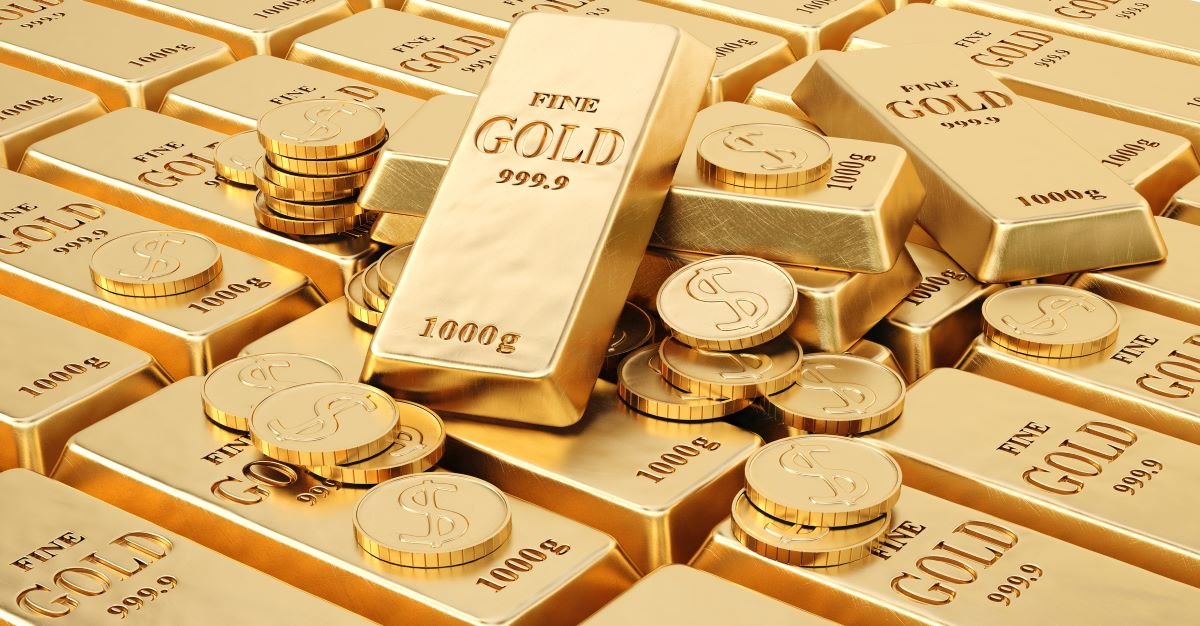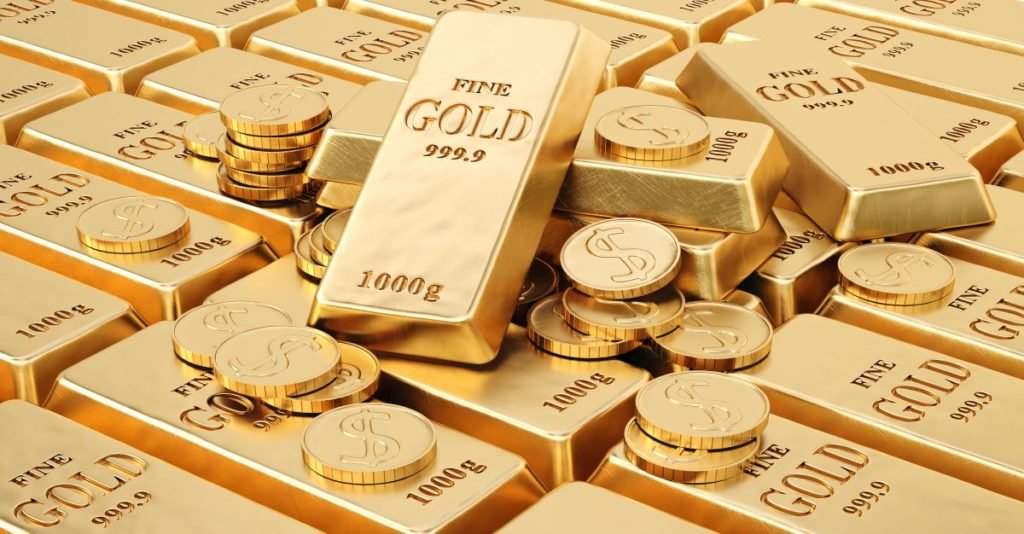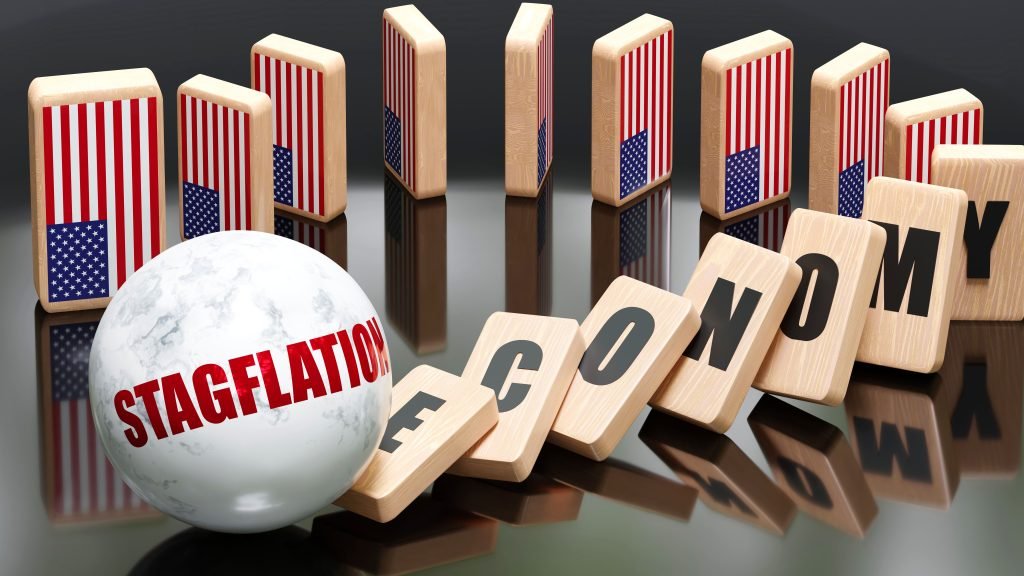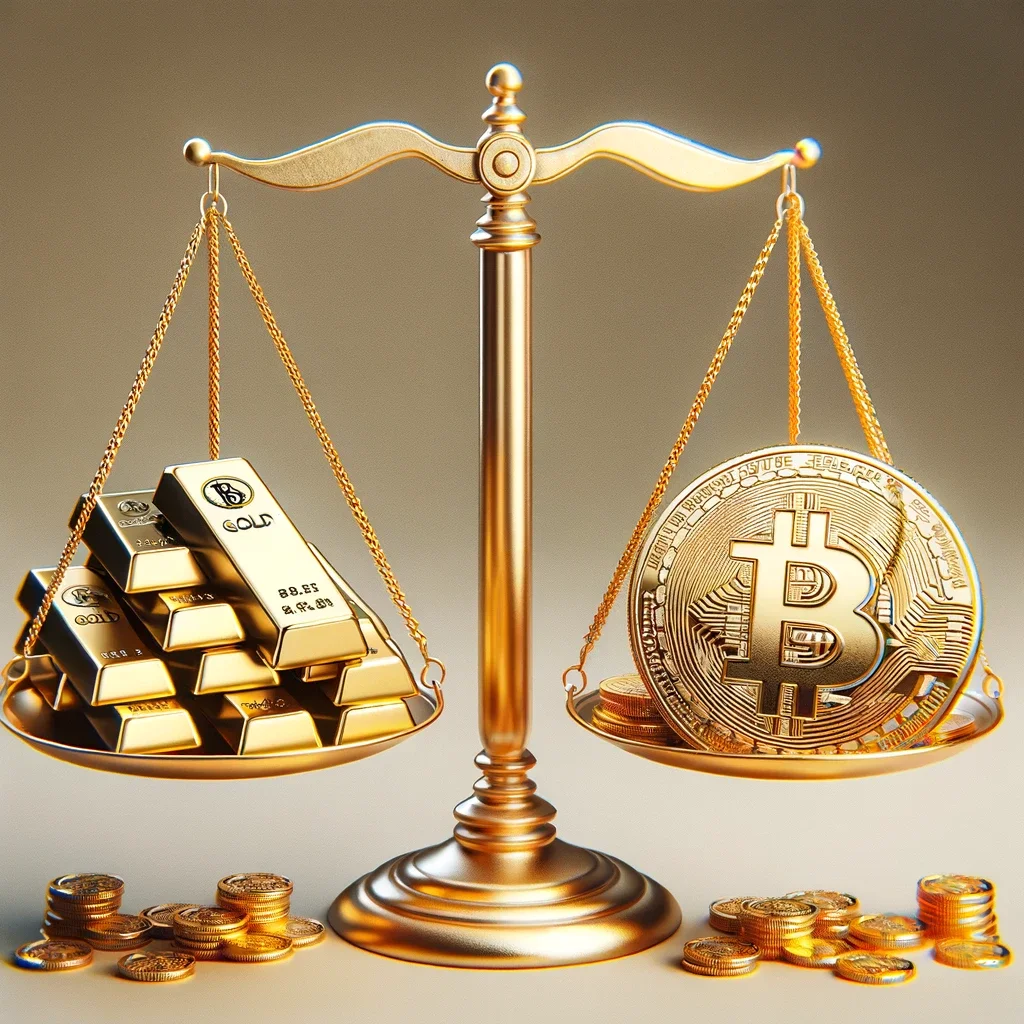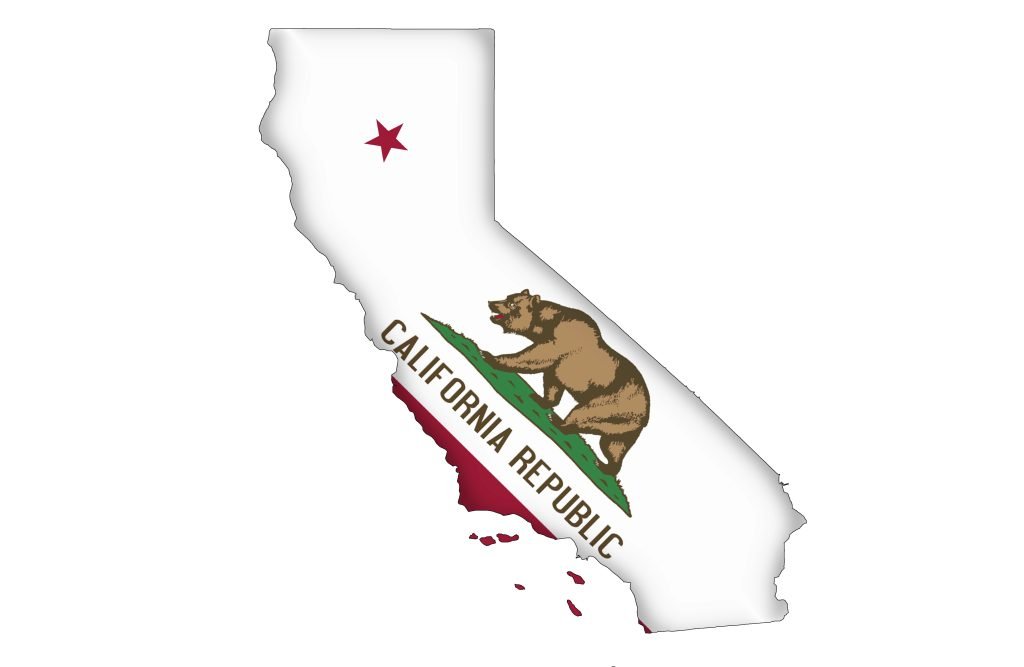On December 24, 1943, in the midst of World War II, General Dwight Eisenhower formally took command of all Allied forces in Europe.
This was a big deal after such a pivotal year.
1943 saw Hitler suffer a devastating loss in Stalingrad; and by the end of the year, he had nearly lost Italy.
The Allies could see the light at the end of the tunnel. Victory was within reach, and they were already working on a plan codenamed Operation Overlord– the invasion of Normandy– that would begin the final push against Hitler in the summer of 1944.
Eisenhower’s appointment was the ultimate admission of US military supremacy; as Supreme allied Commander, he outranked everyone, including British and French generals.
But the US was the natural choice to take charge.
At the time the US government was pumping everything into the war effort. Military spending was already at a record high in 1942, the first full year that the US was involved in World War II.
But by the end of 1943, military spending had tripled.
The US national debt exploded as a result, surpassing 60% of GDP. That was an unconscionable figure, more than twice as much debt than the US racked up during the Civil War, or World War I.
Money was tight, and the Treasury Department did everything it could to raise cash. Tax rates soared, with the highest marginal rate hitting 94%. They were constantly pushing the public to buy War Bonds.
But most importantly, the Federal Reserve vastly expanded the money supply, essentially ‘printing’ whatever money the federal government needed to pay for the war effort.
1943 was a record year for monetary expansion, in fact. “M2 money supply,” a key measure of the amount of money in the financial system, grew more in 1943 than almost any other year in US history, before or since.
And then along came Covid.
Last year the US federal government spent so much money on Covid relief that the national debt increased by an astonishing $4.5 trillion. And they’re about to pass another $1.9 trillion spending package on top of that.
Bear in mind that the Congressional Budget Office’s projected ‘baseline deficit’ for this fiscal year was already more than $1 trillion. So now they’re piling even more on to that amount.
Just like in the 1940s, it’s the Federal Reserve that’s picking up most of the slack.
Last year the Fed printed so much money that M2 money supply increased the most in any year since 1943.
At least in 1943 they were fighting the Nazis; in 2020 they conjured ridiculous sums of money out of thin air to pay people to stay home.
Plus the record-setting money expansion is set to continue this year.
Based on the monetary programs the Fed is already executing, M2 money supply will increase by another $2.3 trillion this year, or roughly 12%.
And that’s before they do anything new. If Covid-21 mysteriously surfaces, or the government decides to spend another $2 trillion in stimulus, or they pass the Green New Everything, the money bubble will expand even further.
I cannot understate this: this extraordinary expansion of the money supply is risky. And the primary risk is inflation.
It’s a simple concept– the more money they create, the less valuable the rest of the money becomes.
And we’re already seeing some early signs of inflation and dollar weakness. For example, the dollar is down against nearly every major currency over the past six months.
Also, last week the Labor Department announced that January’s Producer Price Index reached its highest level in more than a decade.
Plus, several commodities, ranging from copper to cotton to crude oil, have surged in price, with the CRB Commodity Index up 15% so far this year.
Commodities are essentially raw materials that make up the products we consume– everything from mobile phones to new home construction.
So when commodity prices increase, it costs more to produce the goods that we consume… and that often means that companies have to charge us more for their products.
This is inflation.
It’s noteworthy that the Federal Reserve has already announced that they’re willing to allow higher rates of inflation if prices start to rise.
So they’re not even being vague about their intentions.
This raises the obvious question: how is someone supposed to protect their savings at a time when both the Treasury Department and Federal Reserve are waging holy jihad against the dollar?
There is seemingly no amount of money too great to print, no amount of debt that’s off limits.
Typically in an inflationary environment like this, it makes sense to own high quality assets. This is a big reason why the stock market has been doing well.
But a lot of people may be understandably uncomfortable buying stocks at near record-high valuations, i.e. paying 1,000x earnings for a mature, listed business.
The average company in the S&P 500 carries a Price/Earnings ratio of nearly 40 right now, nearly 3x the long-term median. It’s only been higher just prior to the dot-com crash, and the Global Financial Crisis in 2008/2009.
The same goes for real estate; with interest rates so low (again, thanks to the Federal Reserve), the cost to borrow money to buy property is practically nothing. And this has driven up the price of real estate because people can afford to borrow (and pay) more.
Whether stocks, real estate, or anything else, it’s hard to find refuge in an asset that’s already surged to an all-time high.
Ironically, one asset that’s NOT at its all-time high is GOLD. This is almost comical considering the inflationary environment that we’re in, and the fact that gold is a traditional inflation hedge.
Many commodities, stocks, real estate, cryptocurrency, and bonds have soared in price. But gold is actually down over the past ~6 months. So by comparison, gold is relatively cheap.
